Learning how to shorten a necklace chain without cutting gives you multiple ways to adjust length while preserving the design. You can double the chain through the clasp and secure the return segment flat, attach a shorter extender, or clip the clasp to a sturdy link while threading the tail through the last ring to avoid twisting. If you’re styling a long pendant necklace, these methods help refine the fit without altering the piece. You can also improvise with a rust-free safety pin or vinyl-coated paperclip, tie compact square or surgeon’s knots for cord styles, or slide on a silicone stopper that matches your chain gauge. Test comfort and tension first—many more options remain to explore.

How to Shorten a Necklace Chain Without Cutting It
Use the Clasp to Double Back the Chain
One quick way to shorten a necklace is to double the chain back through its clasp, creating a temporary loop.
Hold the necklace flat on a lint-free surface. Open the clasp and feed a small section of chain back through the ring or trigger, then close it to capture the return segment. Confirm the clasp mechanics engage fully without twisting. Adjust the loop size incrementally to reach the desired drop.
Check chain flexibility and link spacing; thin cable chains bend cleanly, while stiff or hollow links may kink. Use nylon-jaw pliers to guide the loop if needed, avoiding metal-to-metal scratches.
Keep tension even so the loop sits centered behind your neck. Test movement by rotating your shoulders; if the loop slips, reduce loop size slightly.
Swap in a Shorter Extender or Jump to a Different Link
If doubling back through the clasp isn’t stable enough, swap the hardware. Use a shorter extender to remove excess length without cutting.
Inspect chain materials first—soft gold-fill and delicate box chains deform easily; stainless and cable links tolerate more handling. Select extender styles that match metal and finish to avoid galvanic corrosion and visual mismatch.
Lay the necklace on a lint-free pad. With smooth-jaw pliers, open the extender’s end ring just enough to pass the clasp, keeping the split oriented away from load. Close fully, aligning the butted ends. Test tension.
Alternatively, jump to an earlier link. Identify a sturdy link near your target drop. Clip the clasp to that link and route the loose tail through the extender’s last ring to prevent twisting and accidental unclasping.
Create a Temporary Loop With a Safety Pin or Paperclip
Two common stand-ins—a small safety pin or a vinyl‑coated paperclip—let you shorten a chain without permanent changes. Select a rust‑free safety pin with a locking clasp or a smooth, vinyl‑coated paperclip sized to match your chain links. Inspect the chain for a sturdy link near the clasp; avoid weak solder joints.
To shorten, gather the excess length at the back of your neck, align the chosen link with the clasp area, and insert the safety pin through both the target link and the clasp ring. Close the pin fully so it can’t spring open.
For paperclip techniques, open one loop slightly, hook the target link and clasp ring, then crimp closed with smooth pliers. Verify no sharp edges contact skin or snag fabric; confirm tension and balance before wearing.
Tie Discreet Knots on Corded or Beaded Necklaces
When hardware add-ons feel bulky or visible, adjust corded or beaded necklaces by tying compact knots that hide behind the neck or under a bead. For waxed cotton, silk, or nylon cord, use square knots or surgeon’s knots; they grip and resist creep.
For beaded strands on thread, position the knot between beads near the clasp to maintain balance and reduce abrasion.
Prep: lay the necklace flat, measure target length, mark with low-tack tape. Use tweezers, a beading awl, and small clamps to control tension.
Execute knot tying with even pulls; don’t over-tighten, which can kink fibers. Test fit, then seal nylon or silk knots with a micro-drop of clear jewelry cement, not superglue. Let cure fully.
For necklace care, inspect knots regularly and retighten or reapply adhesive as needed.
Add a Removable Slide Bead or Silicone Stopper
A slide bead or silicone stopper lets you shorten a chain without cutting it and restores full length in seconds. Choose a slide bead with an internal silicone liner or use a standalone micro silicone stopper. Prioritize bead selection based on chain gauge: 0.8–1.2 mm for fine chains, 1.3–1.8 mm for medium. Match friction tolerance to weight of the pendant.
Use non-marring pliers, calipers, and a lint-free cloth. Feed the chain through the bead; for two-pass adjustment, loop the tail back through to create a sliding lariat. Test grip at multiple lengths.
Evaluate silicone types: medical-grade for skin sensitivity, high-durometer for heavier pieces, low-durometer for delicate chains. Avoid oils and lotions that reduce friction. Inspect weekly; replace compressed liners to maintain hold and prevent drop hazards.
Layer and Anchor With a Necklace Shortener or Clip
Although they look like simple findings, necklace shorteners and layering clips let you set length, manage drape, and lock multiple chains in place without permanent modification.
Choose a shortener sized to your chain gauge: spring-free oval links for delicate cable, hinged oval or figure‑eight for medium chains, and rubber‑lined clips for slick snake styles. Inspect the mechanism; it should close flush with no burrs.
Thread the chain through both sides of the shortener to create a controlled loop, then position the loop behind your neck to shorten the drop.
For layered necklace styles, gather multiple strands into a layering clip with parallel channels; this evens spacing and prevents tangling. Load heaviest chain closest to the clasp.
Test tension, check skin clearance, and re‑seat any kinks before wear.
Frequently Asked Questions
Will Shortening Methods Damage Gold-Plated or Delicate Chains Over Time?
Yes, repeated shortening can fatigue gold-plated or delicate chains. Use padded pliers, micro silicone stoppers, or extender clasps. Prioritize chain maintenance tips: avoid over-bending, uneven tension, and moisture. Follow jewelry care practices: inspect links, clean gently, rotate wear, store flat.
How Do I Prevent Tangling When Wearing Multiple Shortened Necklaces?
Use a multi-clasp necklace separator to isolate chains; stagger lengths by 1–2 inches. Employ smooth bails, avoid shared pendants, and balance weights. Route clasps opposite directions. Store in necklace organizers with anti-tangle hooks; coil individually during transport.
Are There Allergy-Safe Materials for Temporary Shortening Solutions?
Yes. Choose allergy safe materials for temporary solutions: medical-grade titanium clips, niobium jump rings, PTFE tape wraps, or surgical stainless steel extenders. Avoid nickel-plated parts. Clean components, inspect edges for burrs, and test on skin for 24 hours.
Can I Shorten a Pendant Necklace Without Misaligning the Pendant?
Yes. Use adjustable clasps or a shortener placed behind the neck to preserve pendant positioning. Measure centerline, anchor the chain symmetrically, and tension-test. Avoid bulky knots; they shift balance. Confirm pendant’s bail orientation before wear to prevent torque.
What Travel-Friendly Tools Help Adjust Necklace Length on the Go?
Use compact travel tools: mini pliers, split-ring tweezers, and a microfiber mat. Pack necklace adjusters, silicone stoppers, and lobster-clasp extenders. Verify clasp integrity, avoid over-tension, and secure loose links with jump-ring locks. Store components in labeled, anti-tarnish pouches.
Conclusion
You’ve got multiple non-destructive ways to shorten a chain fast. Use the clasp to double back, swap to a nearer link or shorter extender, or create a temporary loop with a safety pin or paperclip. Tie discreet knots on cords, add a slide bead or silicone stopper, or deploy a necklace shortener. Work on a tray, good light, and use needle-nose pliers. Inspect tension points, avoid kinks, and test wear for snagging. Revert anytime without cutting.







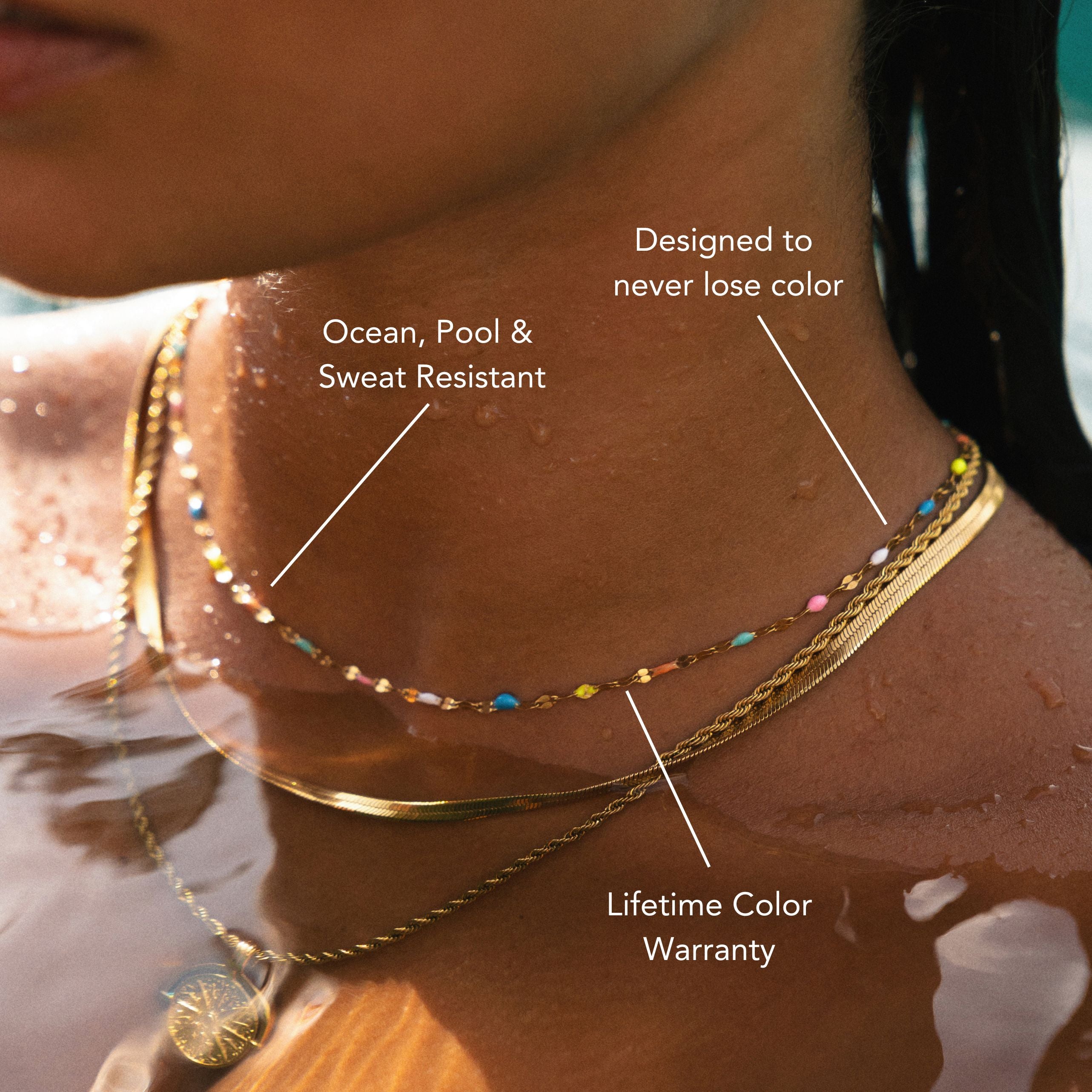


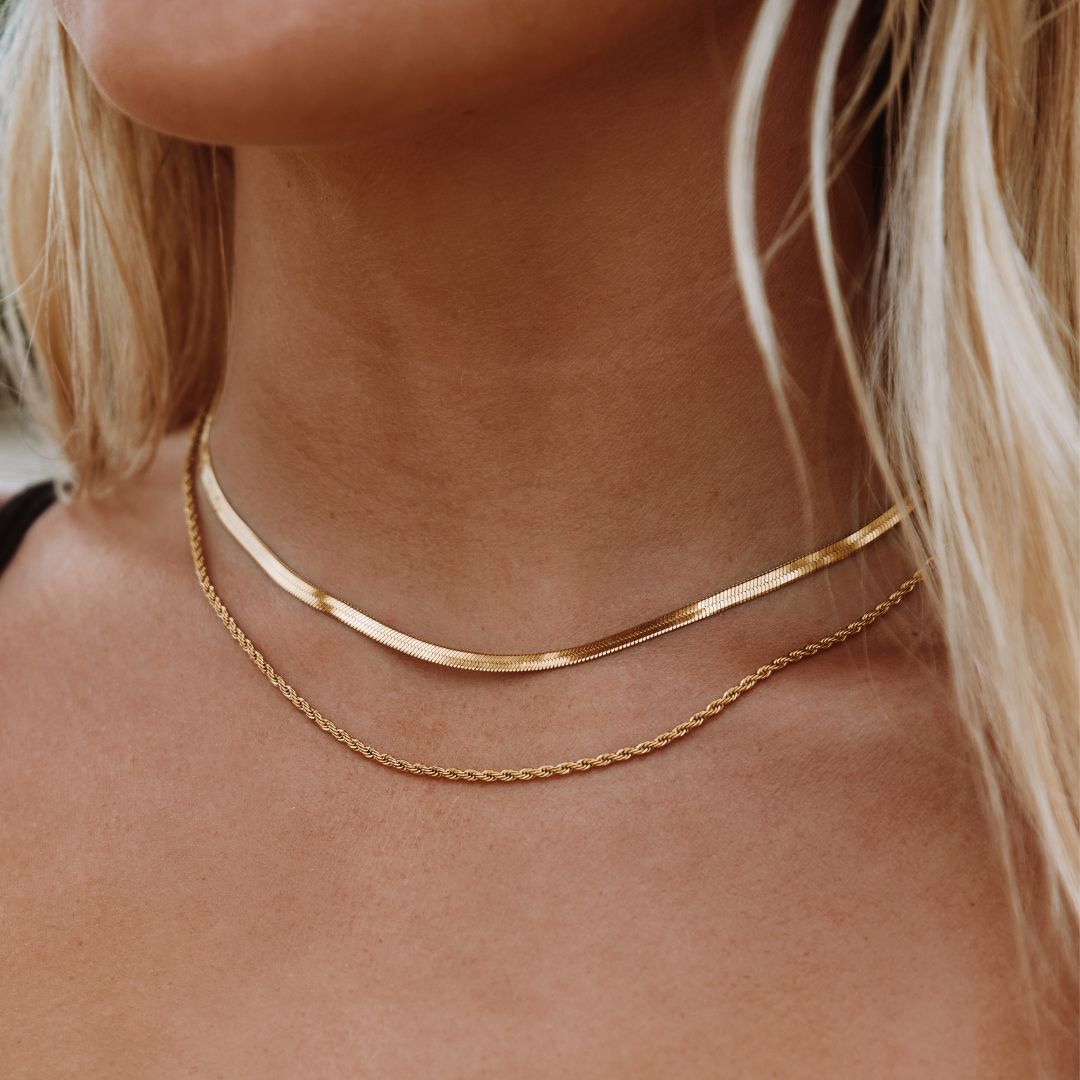

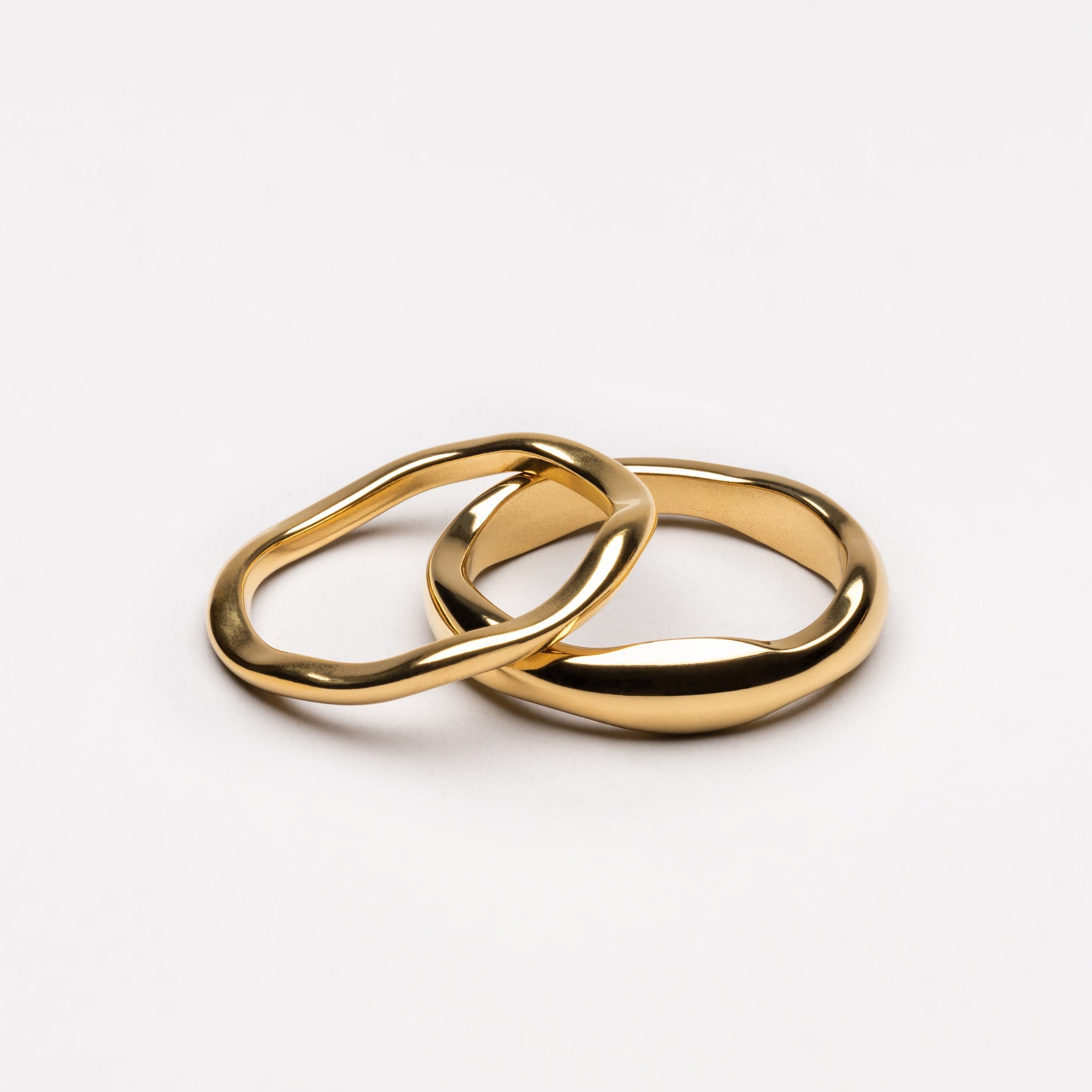

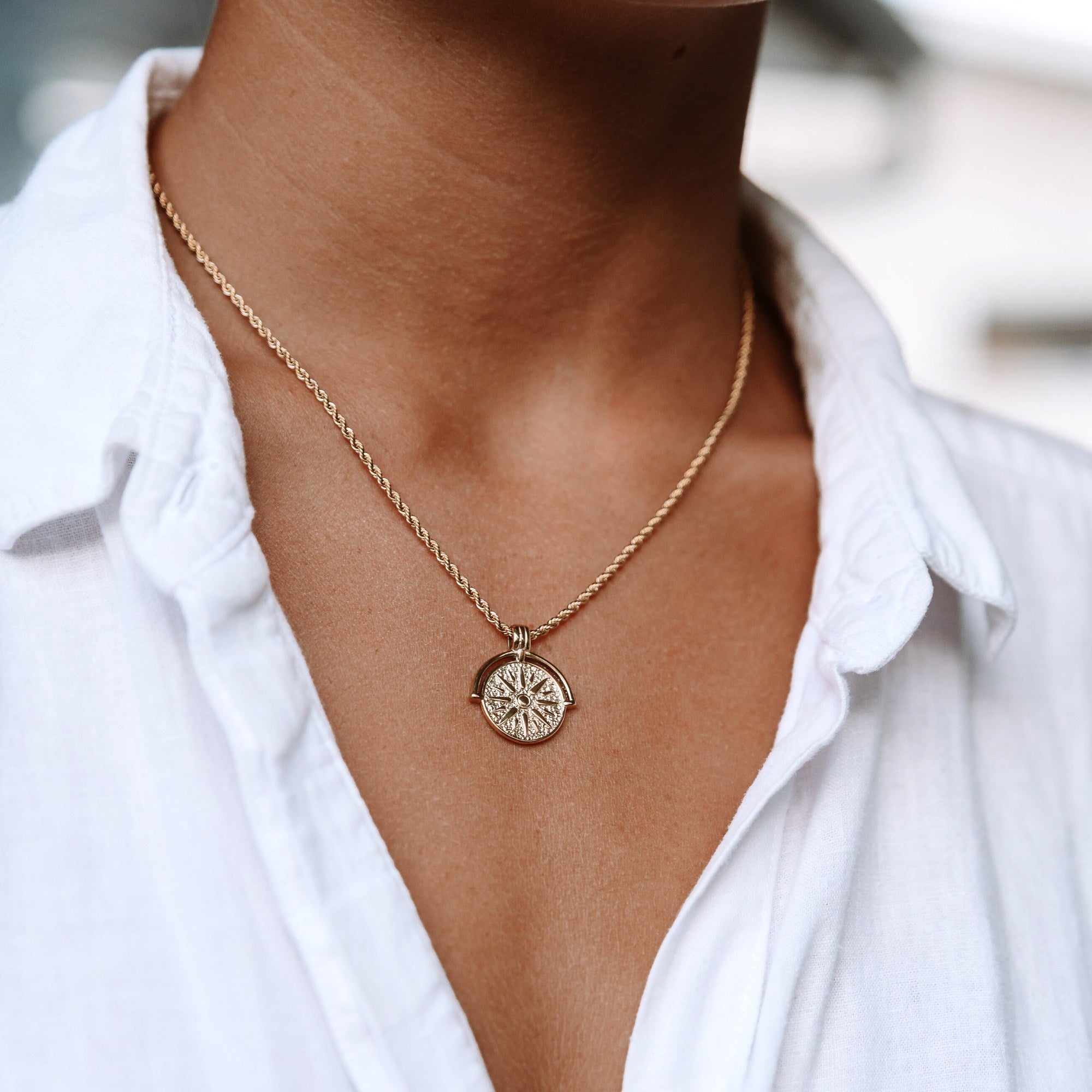
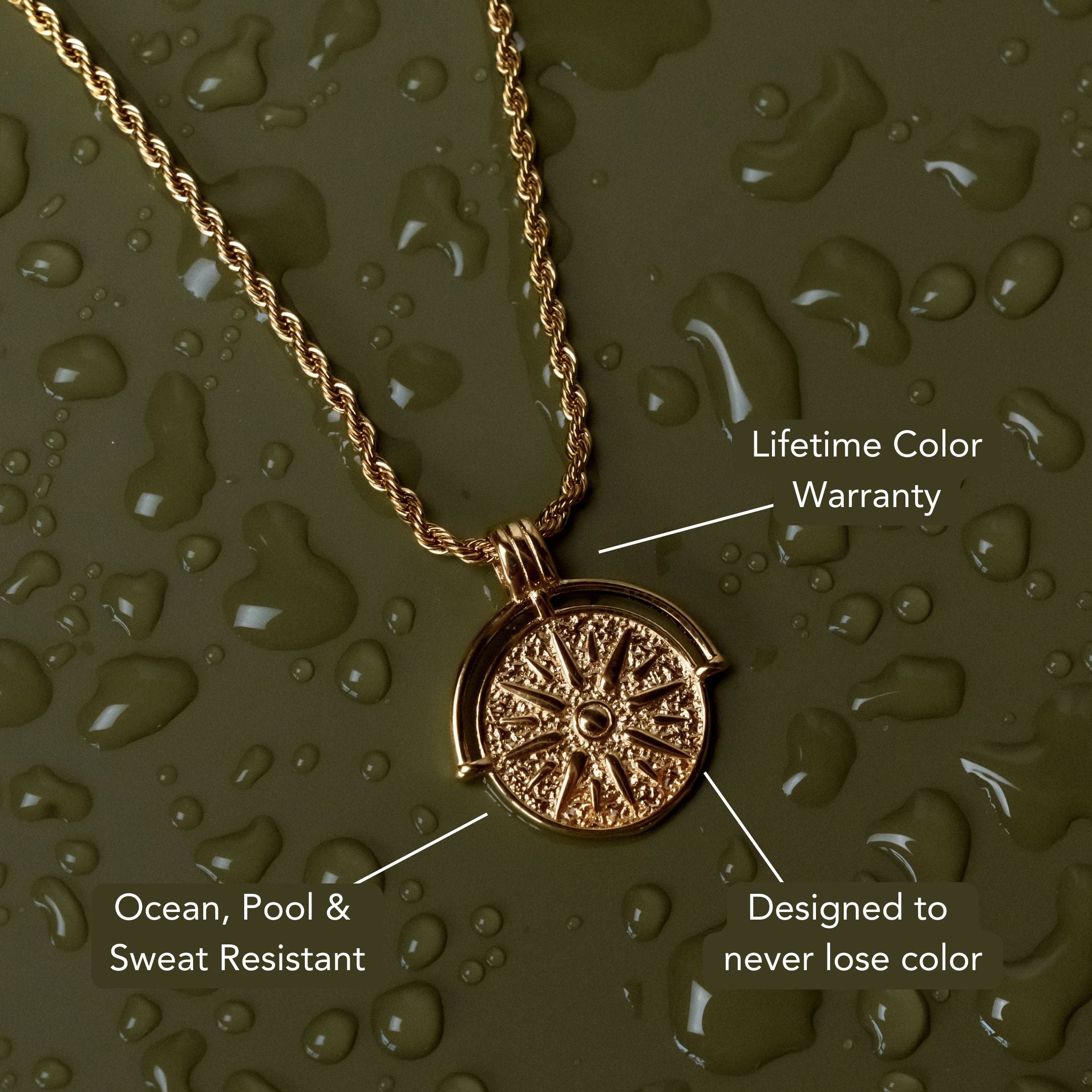





Leave a comment
This site is protected by hCaptcha and the hCaptcha Privacy Policy and Terms of Service apply.